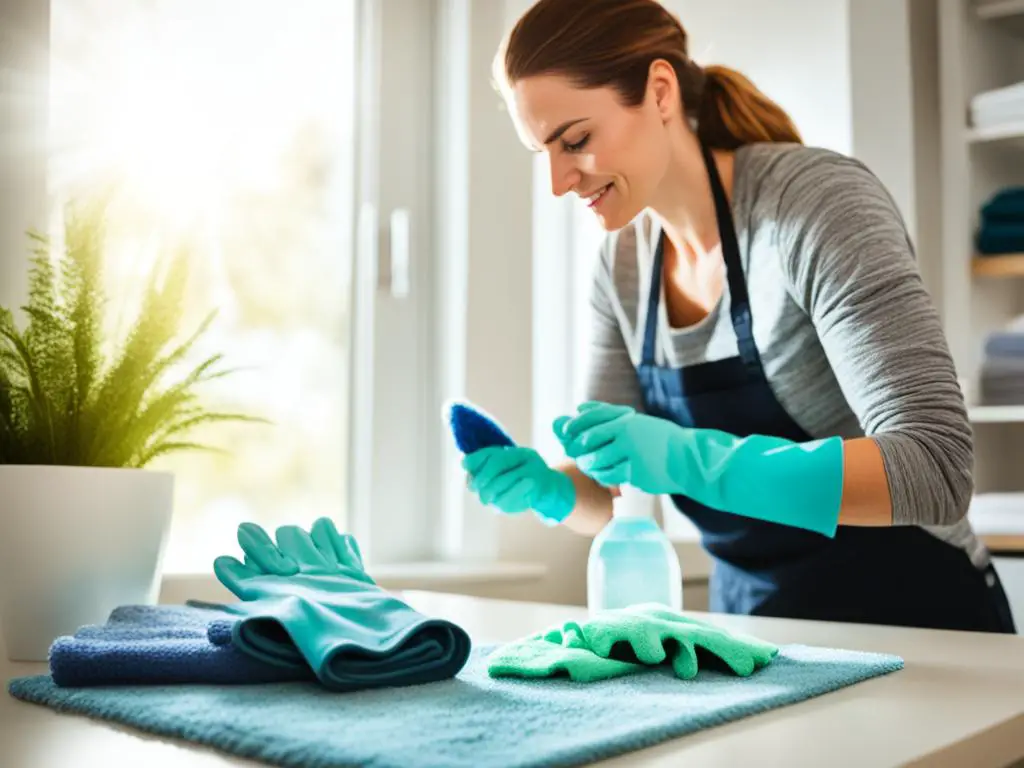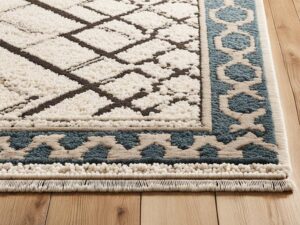Cleaning up diarrhea from a rug is an unpleasant but necessary task for pet owners or parents. Accidents happen, and it’s important to know how to handle them effectively. With the right steps and cleaning solution, you can restore your rug’s cleanliness and remove any lingering odors.
In this guide, we will walk you through the process of cleaning diarrhea from a rug, whether it’s made of synthetic fibers or wool. We will provide step-by-step instructions and tips to ensure successful rug diarrhea cleaning and stain removal.
Key Takeaways:
- Removing excess waste from the rug’s surface is the first step in cleaning diarrhea stains.
- Blot the area and use a vacuum cleaner to remove any moisture and visible chunks or flakes.
- Prepare a cleaning solution using an enzyme cleaner or a homemade vinegar and dish soap mixture.
- Apply the cleaning solution to the stained area, let it sit, and blot until the diarrhea lifts away.
- Rinse the affected area with cold water and finish by using baking soda to absorb excess moisture and odors.
Now let’s dive into the detailed process of cleaning diarrhea from different types of rugs.
How to Clean Diarrhea from Synthetic Fiber Rugs
Cleaning diarrhea from synthetic fiber rugs, such as nylon, polyester, or polypropylene, requires specific steps. Follow the guide below to effectively clean and remove stains from your synthetic fiber rug.
- Begin by removing any excess waste from the surface using gloves and a plastic bag.
- Blot the area with paper towels or a clean cloth to remove moisture.
- Vacuuming can help remove any loosened chunks or flakes.
- Prepare a cleaning solution using a store-bought enzyme cleaner or a mixture of vinegar and dish soap.
- Spray or blot the diarrhea stains with the cleaning solution and let it sit for a few minutes.
- Blot the stained area until the diarrhea lifts away and repeat as necessary.
- Rinse the affected area with cold water to remove any soap residue.
- Stubborn stains may require the use of hydrogen peroxide, but spot test first.
- Finish by cleaning the area with baking soda to absorb excess moisture and odors.
To visualize the process, refer to the table below:
| Steps | Description |
|---|---|
| 1 | Remove excess waste |
| 2 | Blot area to remove moisture |
| 3 | Vacuum to remove loosened chunks/flakes |
| 4 | Prepare cleaning solution |
| 5 | Spray/blot stains with cleaning solution |
| 6 | Blot area until stains lift |
| 7 | Rinse with cold water |
| 8 | Spot test with hydrogen peroxide (if needed) |
| 9 | Clean area with baking soda |
Follow these steps to effectively clean diarrhea stains from your synthetic fiber rugs and restore their cleanliness. Always refer to the manufacturer’s guidelines for specific cleaning recommendations.
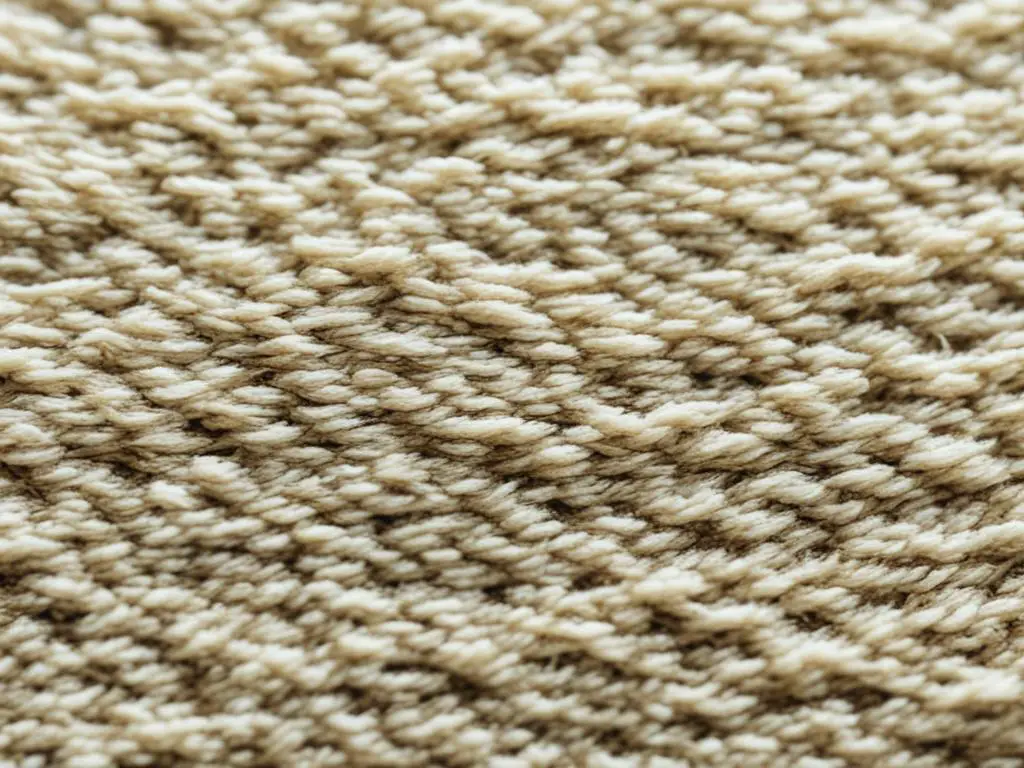
Testimonials:
“I followed these steps to clean diarrhea stains from my polyester rug, and it worked wonders! The stains lifted easily, and the rug looks as good as new.” – Lisa
“I used a vinegar and dish soap mixture to clean my nylon rug, and it did the trick. The diarrhea stains disappeared, and there was no residual odor left behind.” – Mike
How to Clean Diarrhea from Wool Rugs
Cleaning diarrhea from wool rugs requires special care and a different approach. Follow these steps to effectively clean and restore the cleanliness of your wool rugs:
- Begin by removing any excess waste from the surface using gloves and a plastic bag.
- Blot the area with paper towels or a clean cloth to remove moisture.
- Vacuuming may be gentle enough for wool rugs, but be cautious.
- Prepare a cleaning solution using a mixture of vinegar, water, and a wool-safe detergent (optional).
- Spray or blot the stain with the cleaning solution and let it sit for a few minutes.
- Blot the stained area until the diarrhea lifts away and repeat as necessary.
- Rinse the affected area with cold water to remove any soap residue.
- Finish by cleaning the area with baking soda to absorb excess moisture and odors.
Remember to use caution when cleaning wool rugs, as they require special care. The WoolSafe Organization offers resources for maintaining wool carpets, including certified cleaning products.
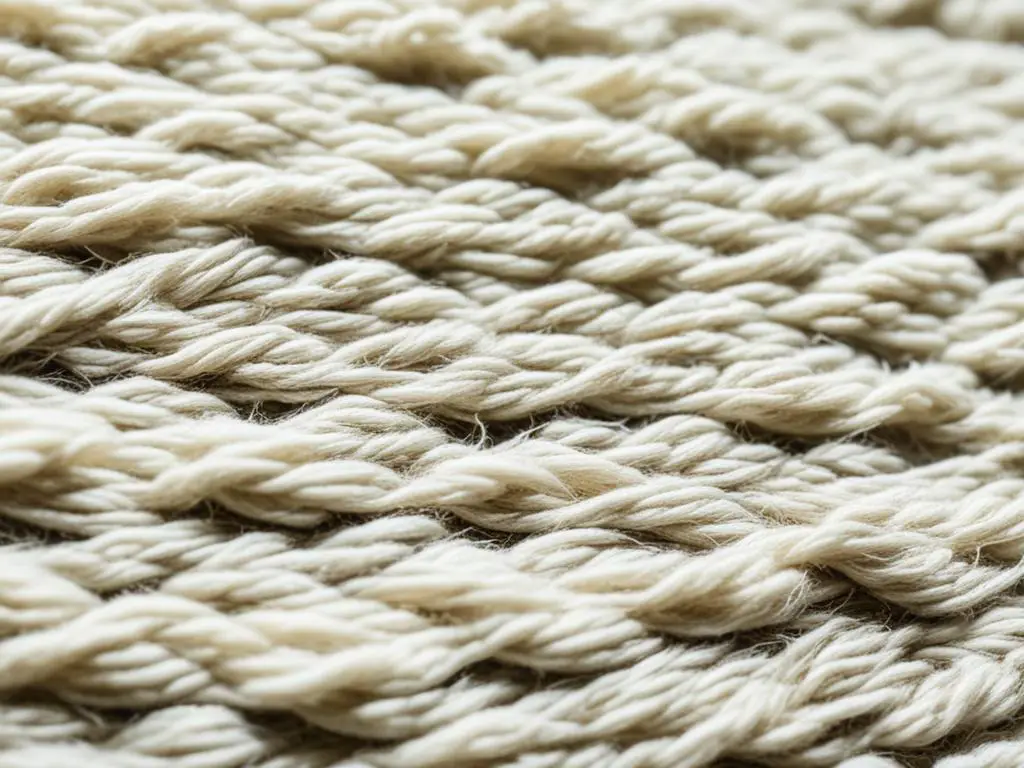
By following these steps and using appropriate cleaning solutions, you can effectively clean diarrhea from your wool rugs and ensure they remain in optimal condition.
Additional Tips for Cleaning Diarrhea from Rugs
When it comes to cleaning diarrhea stains from rugs, having the right tools and techniques can make the cleanup process much easier. Here are some additional tips to help you effectively remove these stubborn stains and maintain a healthy home:
- Invest in a portable carpet cleaner: Using a wet vac or a portable carpet cleaner can greatly simplify the cleanup process. These machines are designed to extract dirt, liquids, and stains from carpets, making them ideal for tackling diarrhea stains.
- Rent a carpet cleaner: If you have pets and frequently deal with accidents, consider renting a carpet cleaner like Rug Doctor. These machines are powerful and efficient, providing a deep clean that can eliminate even the toughest stains.
- Regular cleaning is key: To maintain a healthy home and keep your carpets in top condition, it’s important to have a regular cleaning routine. Vacuuming regularly and scheduling deep cleaning sessions can help prevent the buildup of stains and odors.
- Enzyme cleaners: Enzyme cleaners are specifically formulated to break down and remove organic stains, making them highly effective for cleaning both old and new pet stains. Look for a pet accident cleaner that contains enzymes to effectively eliminate diarrhea stains.
- Consider professional help: If you’re dealing with tough stains that are difficult to remove, or if you simply prefer to leave the cleaning to the experts, consider working with a local cleaning expert. They have the knowledge, experience, and specialized equipment to tackle even the most stubborn stains.
- Streamline your booking process: When booking a cleaning service, opt for a company that offers a hassle-free booking system. This will make scheduling appointments quick and easy, ensuring that your carpets receive the attention they need in a timely manner.
- Choose cleaning products wisely: Different types of rugs and carpets may require specific cleaning products. Make sure to choose cleaning solutions that are safe for the specific type of rug or carpet material you have. This will help protect the fibers and preserve the longevity of your rugs.
- Maintain proper carpet hygiene: In addition to regular cleaning, practicing proper carpet hygiene is essential in preventing and eliminating stains and odors. This includes regular vacuuming to remove dirt and debris, as well as spot cleaning spills or accidents as soon as they occur.
By following these additional tips, you can ensure a thorough cleanup process, maintain carpet hygiene, and keep your home clean and healthy.
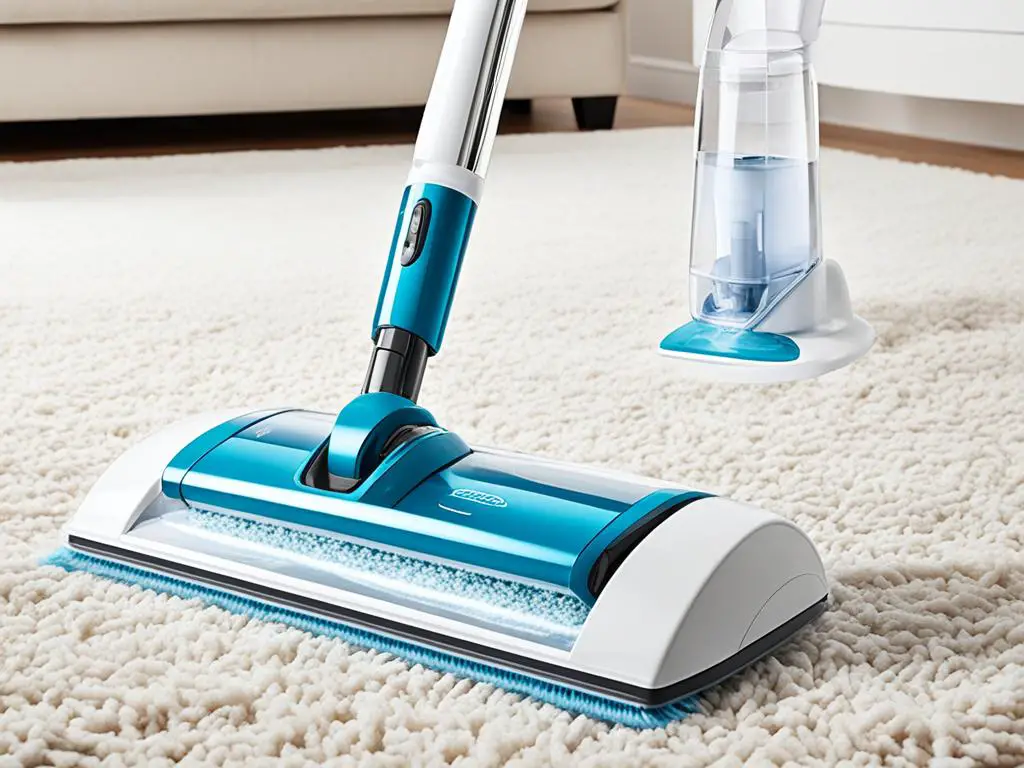
| Brand | Features | Price Range |
|---|---|---|
| Rug Doctor | – Powerful suction – Portable and easy to use – Wide range of cleaning solutions available |
$150-$500 |
| Bissell SpotClean | – Compact and lightweight – Deep cleaning capabilities – Convenient hose and brush attachments |
$100-$200 |
| Hoover Power Scrub Elite | – SpinScrub technology for thorough cleaning – Dual water tanks for clean and dirty water separation – Wide cleaning path |
$150-$300 |
Conclusion
Cleaning diarrhea from a rug can be an unpleasant task, but it is necessary for maintaining rug cleanliness and removing odors. By following a step-by-step process, you can effectively clean your rug and restore its pristine condition.
The first step is to remove any excess waste from the rug’s surface using gloves and a plastic bag. Next, blot the area with paper towels or a clean cloth to remove moisture. Then, apply a suitable cleaning solution to lift and remove the stains. It’s important to note that different types of rugs, such as synthetic fiber rugs and wool rugs, require specific cleaning approaches and care.
Regular cleaning and maintenance of carpets are essential to prevent the buildup of stains and odors. Consider using professional cleaning products like enzyme cleaners, which are effective in removing pet stains and odors from rugs. For tough stains or regular maintenance, renting a carpet cleaner or seeking the help of a local cleaning expert can be beneficial.
By following proper carpet hygiene techniques such as regular vacuuming and spot cleaning, you can prevent and eliminate future stains and odors. Remember, a clean and fresh-smelling rug not only enhances the appearance of your home but also contributes to a healthy living environment.
